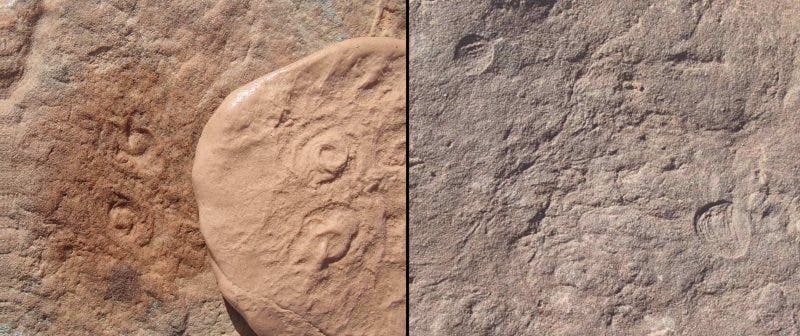
A tiny, disc-shaped creature lived a rather dull life about 500 million years ago. Now, scientists have risen the ancient lifeform to fame by naming it after former President Barack Obama. Another ancient sea creature described in the recent study by scientists at the University of California-Riverside was named after English naturalist and broadcaster Sir David Attenborough.
From the dawn of life
Both remarkable animals were among the first creatures to have lived on Earth. Researchers were very fortunate to find them in a well-preserved fossil bed in a southern Australia mountain range, which paleontologist Mary Droser of the University of California-Riverside had been excavating for the past 30 years.
Due to the fossil bed’s generous contributions to science, researchers call it “Alice’s Restaurant Bed,” a tribute to the Arlo Guthrie song and its lyric, “You can get anything you want at Alice’s Restaurant.”
The pre-Cambrian creatures lived in a shallow sea between 580-540 million years ago. Obamus coronatus, a name that honors President Barack Obama because of his passion for science, is a disc-shaped creature that was only 0.5-2 cm across. Its surface was littered with raised spiral grooves. It did not move much, as it was content sticking to the ocean mat — the thick layer of organic matter covering the ocean floor.
The other ancient creature, Attenborites janeae, was named after Sir Attenborough and Jane Fargher, the co-owner of the property where the fossils were discovered. It was another tiny creature, less than a centimeter across, which was adorned with internal grooves and ridges, giving it a raisin-like appearance.
Both creatures are part of the Ediacara Biota — enigmatic tubular and frond-shaped organisms that lived during the Ediacaran Period (ca. 635–542 Millions of years ago). From a taxonomy perspective, the Ediacara Biota are not yet organized into families, and scientists don’t know much about how these creatures relate to modern life. So far, scientists have described around 50 genera, mostly comprised of only one species.
“The two genera that we identified are a new body plan, unlike anything else that has been described. We have been seeing evidence for these animals for quite a long time, but it took us a while to verify that they are animals within their own rights and not part of another animal,” Droser said in a statement.
The two ancient sea creatures have been described in the Australian Journal of Earth Sciences (here and here).


